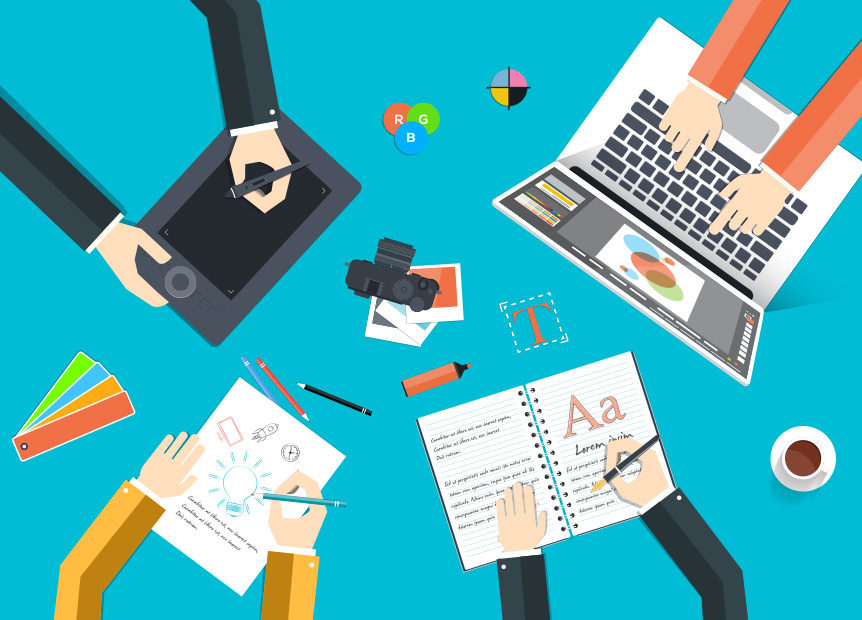The perfect design brief. Have you ever asked your graphic designer for something but been frustrated with the result? Maybe you had an idea in your head of how that new leaflet or infographic would look, but what you received failed to meet your expectations.
A good designer will ask questions to make sure they fully understand your requirements, but you can help by providing some specific information that will ensure your project runs a lot more smoothly.
A good design brief benefits both the client and the designer, and is the most effective way of ensuring you’re happy with the finished project. This week’s post will help you create it.
What is a design brief?
Quite simply, it’s a way of providing the designer with all the information they need to do the job properly before they begin. It should focus on what you want the finished project to achieve and its objectives, not on the actual design itself – that’s not your job.
A good brief means you’ll get a high-quality design that meets your needs, so it’s worth doing.
How do I write one?
If you can supply an ordered and detailed brief, your project is already on its way to being successful. The designer will ask any further relevant questions but will already have a good idea as to what you want.
To put together your brief, answer the following questions in as much detail as possible:
- What does your business do? Don’t assume the designer has prior knowledge of your company or its position in the marketplace. Many people are so involved in selling their business that they find it difficult to simply describe it. Explain what your company or organisation does and a bit about its history. Stick to plain English – don’t use industry jargon your designer may not understand.
- What do you want this project to achieve and why? What’s the message you want to communicate – are you trying to raise awareness (of your company or organisation, a product, a service, a relevant issue), sell something or educate your audience?
- Who are your competitors and how are you different? Whether you’re selling something or trying to raise awareness of your brand, it will help your designer to know what makes you stand out.
- What’s your brand? This project obviously needs to be consistent with your other marketing materials. If your adverts always have a blue background, the designer needs to know. They also need practical information such as your colour palette, any specific fonts and so on. If you’ve got old materials that will help, feel free to supply them.
- Who is your target market? What are the demographics of the people you’re trying to attract? Describe your perfect customers – their age, gender, income, lifestyle, attitudes, location and interests.
- How will any images and text be supplied? Are you providing them directly to the designer or do you need to bring in a third party such as a professional photographer or copywriter? Most agencies have either in-house support or a network of trusted freelancers to call on or recommend, so do ask if this is a service you need. Don’t forget how crucial this element of your project is – a great design can be ruined by a poor-quality image or spelling mistakes. Don’t be tempted to cut corners.
- Where will this design be used? It makes a difference to the specifications if something is going to be printed as a hard copy – decals on a car, a banner or newspaper advert – or used online, on a social media platform or website only.
- Do you have anything specific in mind? If you have examples you consider relevant or effective, show your designer as it will help them understand what you are looking for. Similarly, if there are elements you don’t want or styles you particularly dislike, you need to tell them this too as it will help them avoid coming up with something that disappoints you.
- What’s your deadline? Your designer needs to know when this project should be completed. There is a process to go through, from concept to delivery, and it’s vital you’re clear on how long this is likely to take and when you can expect the finished design. Rushing design work helps nobody and increases the margin for error; sometimes of course, last-minute jobs are unavoidable, but generally give as much notice as you can and be honest about your own deadlines.
There is one other key element to a design brief that we would usually mention – budget. We would always urge clients to be upfront about this to avoid wasting time and resources on both sides. With Designs Unlimited, however, this isn’t an issue as our service offers unrestricted access to our design team for a fixed monthly cost.

